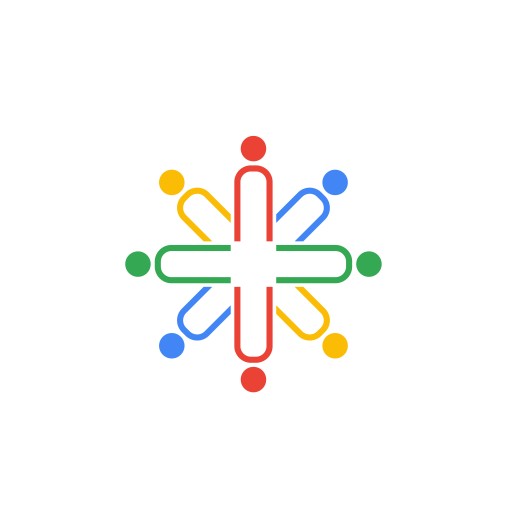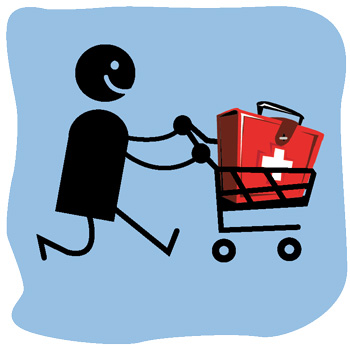When you consider the many advances of recent years, it’s impossible not to see the growing footprint of consumerism in the daily operations of the modern medical practice. What’s truly remarkable is how many of these changes and improvements have resulted from technological progress, and how many more will be further advanced by technology.
As reimbursement is linked to value, clinical outcomes data are more entwined with the revenue cycle. Providing a connected care outlook in which an organization’s policies and IT infrastructure reflect information sharing and all points of the care continuum become paramount.
“If you don’t realize a lab test was administered because it was given to the patient off-site, and you don’t have that connectivity, that’s going to be a problem for your quality scores,” says Michael Vore, MD, president of Site Health Systems. Dr. Vore says CIOs have to be more vigilant with vendors and demand systems that enable greater connectivity with other companies’ software and HIEs. “When you can integrate more stops along the care continuum into your data, you’re going to be able to better measure quality,” he says.
Enabling better connections with other providers will help the medical staff make informed decisions about care and reinforce the patient experience, as well. As patients become more engaged with their own health and have increased access to their data, they will expect their providers to be up to date on the care they’ve received, regardless of where they receive it.
To implement a successful clinical integration strategy across the care continuum, hospitals and health care systems need solutions that align and engage providers across the health care delivery spectrum: clinically, technically, culturally and financially.
“In the past couple of years, the view that providers should treat patients as if they are partners in their own care has advanced especially fast – at least when compared to the glacial pace of change that’s a hallmark of the healthcare industry,” writes Gienna Shaw, editor-in-chief of FierceHealthIT.
With the wealth of medical information now available online, patients are more empowered than ever to research their symptoms and diagnoses to better understand their medical conditions. HIPAA laws today authorize all patients to access to their medical records and amend misinformation within them. Thousands of errors have been caught and corrected by motivated, interested patients. The growing use of electronic health records (EHRs) has already made obtaining that personal data easier for consumers.
Sites like that of the Federation of State Medical Boards provide patients with the tools to learn more information about their providers. Some states’ sites even allow users to see any marks against a doctor’s reputation, making sure physicians are openly accountable for their errors.
Providers are already embracing patient portals, which give patients direct, quick access to labwork or other test results. As developers advance the capabilities of existing technology, more and more portal systems will enable appointment requests, patient-to-staff messaging and bill payment options
And the market for patient-operated technologies in healthcare is growing rapidly, as evidenced by the spate of healthcare apps and self-tracking devices showcased at recent trade shows like CES.
Hopefully, the data extracted by those monitoring tools will soon be incorporated into the patient health records of all who receive medical care. Some EHR technology already has the capability to compile that info; it will be up to doctors and their staffs to use it properly to enhance patient care.
What features of healthcare consumerism affect your personal and professional life today ?


Recent Comments